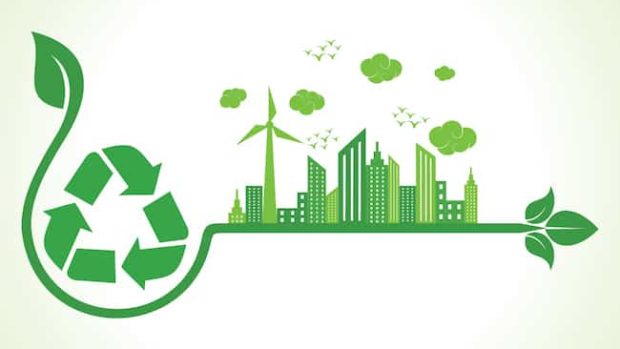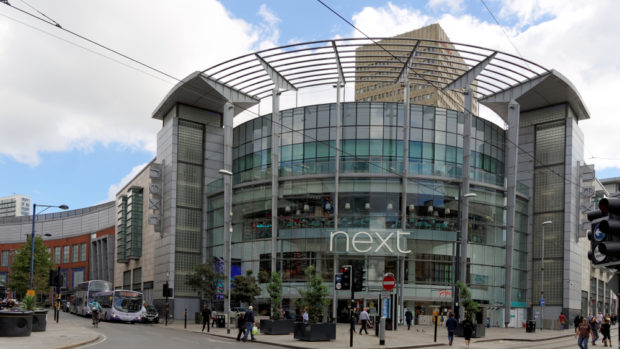In a plea to shoppers to think before they hit ‘Buy Now’ during this year’s Amazon Prime Day, Greenly – a carbon accounting platform – has calculated the carbon footprint of Amazon Prime Day 2022 in order to raise awareness of the environmental damage of the popular sales event.
Amazon has strong sustainability commitments, but Greenly believes there’s a big question mark over how Amazon Prime Day impacts the eCommerce giant’s ability to meet its commitments.
Amazon Prime Day’s carbon footprint
By looking at sales on Amazon Prime Day 2022 (more than $12 billion USD worldwide) Greenly calculates that it accounted for approximately 1.2 million tCO2e (tonnes of carbon dioxide equivalent).
This is equivalent to:
- the emissions of 271,191 petrol cars driven for one year
- the individual annual emissions of 104,160 Brits
- 691,641 round trips via aeroplane between Paris and New York
However, this figure doesn’t tell the whole story – the environmental impact of Amazon Prime Day is much more far-reaching than just sales. To get a wider view of Amazon Prime Day’s environmental impact, Greenly’s climate experts also looked at the lifecycle of some of Amazon’s best-sellers.
Carbon footprint of Amazon Prime Day best-sellers
Calculating the environmental impact of a product’s lifecycle is highly complex and incorporates a lot of steps – for example, raw material extraction, manufacturing, packaging, transport, usage, dismantling, recycling, and so on. In its analysis, Greenly pointed out that some of Amazon Prime Day’s best-sellers have particularly high carbon footprints associated with their lifecycles.
Fashion items
Some jean brands are among Prime Day’s best sellers. However, jeans have a hugely polluting production process. The production of just one pair of jeans requires between 7,000 – 10,000 litres of water – the equivalent of around 285 showers. Furthermore, cotton used to make jeans is often cultivated in India or in Africa – far from the place where it will be dyed – before being transported to Asia where it will be made, and finally sent to the destination where the item will be sold. However, even with such large distances involved, the environmental impact of the raw materials used to make the product is often more significant than any transportation associated with the product.
Tech products
Also among the most popular products sold on Amazon Prime Day, consumer technology has a significant carbon footprint. Take a smartphone, for example. The use phase of the smartphone is only responsible for around 14 per cent of the emissions, end of life disposal and transportation of the smartphone accounts for even less at 4 per cent, whereas manufacturing is responsible for a whopping 82 per cent of the emissions.
And it’s similar for laptops: the manufacturing stage is responsible for the majority of emissions at 63 per cent, end-of-life and transport only accounts for 4 per cent of emissions, and actual use of the laptop accounts for 33 per cent of emissions.
Greenly’s analysis shows that it’s not just the sheer volume of goods being purchased on Amazon Prime Day which is the problem, it’s the type of products being purchased too.
Alexis Normand, CEO and co-founder of Greenly, comments: “With these tCO2e numbers, how can Amazon continue to justify the significant environmental damage of Prime Day?
The mammoth operation sees consumption – often, arguably, unnecessary consumption of some of the biggest polluting consumer items – shoot through the roof and means even more air, sea and road transport to meet the two-day delivery window.
Amazon Prime is a big contributor to consumers’ desire for instant gratification these days, with little thought to the climate cost of these behaviours.








Share